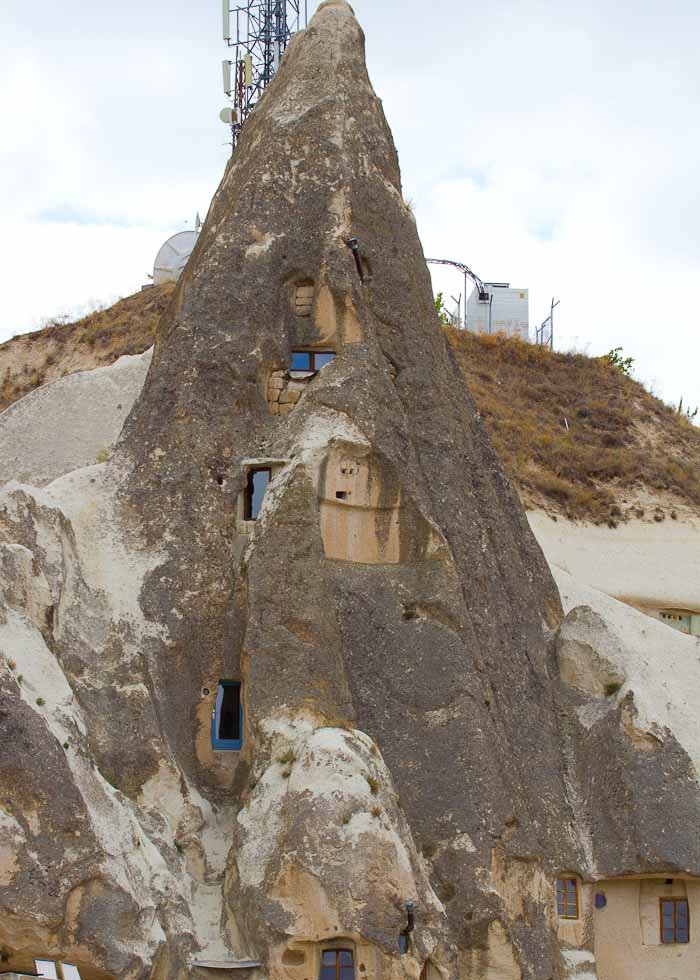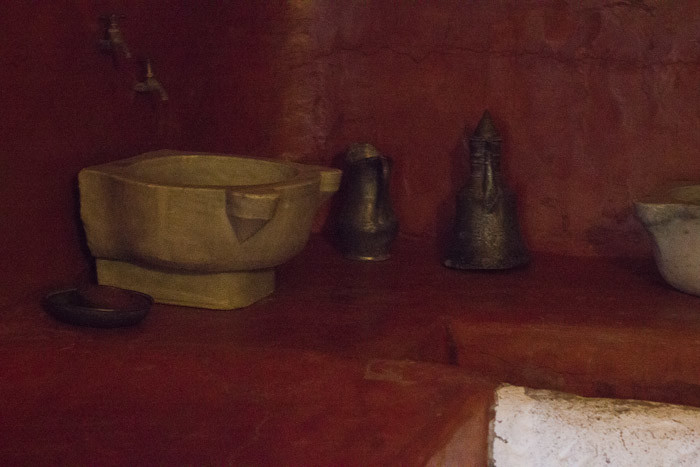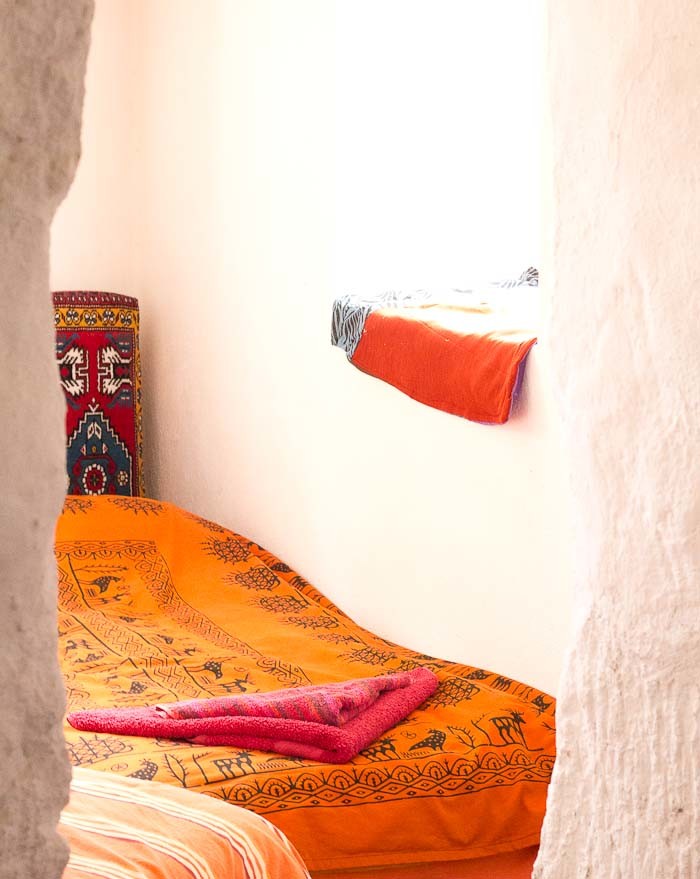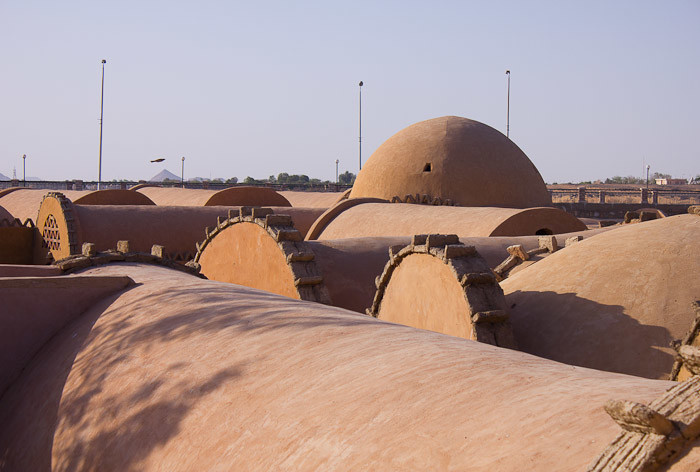A Bit of Green Without The Greenwash
Out of my ever-expanding portfolio of “THINGS ON THE INTERNET THAT MAKE ME REALLY SHOUTY AND CAPS LOCKY”, my current number one has to be greenwash.
Because, oh boy, there’s a lot of it about.
Especially in the blogosphere. But also in resort holidays and, umm, adventure holidays packaged as ecotourism.
Which is why I was super-chuffed to find ourselves in a cave hotel that NOT ONLY has cave suites carved out of an early Christian troglodyte monastery but is actually – whisper it – pretty darn green.
Y’know. It’s not an 800-room monstrosity whose pool lights alone would power ten Cambodian villages that just shoved in an organic veggie garden, decided to leave SOME of the lights off in rooms that people haven’t checked into yet or – my personal favourite – boosts its green credentials with organic salmon FLOWN into the Caribbean.
(Yes, these are real examples. Yes, these “green initiatives” have acquired a life beyond the original press release. And, no, apparently they didn’t pay for it.)
But this is, in fact, a really super-cool, sweet little hotel. In a cave house.
In a proper, genuine fairy chimney cave. Hence the name. The Fairy Chimney Inn.
When I say “stumbled upon it”, I mean that I wandered the surreal streets and alarming hills of Göreme, Cappadocia, looking for the right place for us, and was so pleased when I found this place that our ever-elastic budget doubled overnight.
And then, of course, I went back to grab my spawn, and looked at the guidebook, and found it was all over that, and, for that matter,
Whatevs.
We settled into Göreme in a mini-family suite, with a hammam style bathroom, a goldfish tank in what appears to be the loo cistern, a little bedroom for Zac and a cave palace for me.
All in a cave. A traditional, genuine Cappadocian fairy chimney cave house.
RESULT!
And the whole thing was, well, green. Not marketed as such. Not as green as it could be, granted. But greener than any NUMBER of a myriad properties I read about online.
Now, here’s the thing about green design. It’s relatively easy to do at the super-spendy end of the spectrum, where you can put real thought into things like green roofs, or make like the legendary Adrere Amellal in Siwa and do without electricity altogether, illuminating its salt caverns with candlelight alone.
Although there are a few problems. Let’s say you’re a high-end, conservation-focused, Seychelles resort like Cousine Island.
What do you do about the fact that many of your guests who are dropping 5000 euros a night on a villa to admire the turtles you exist to conserve prefer to arrive by, well, chopper?
It also comes naturally in most places at the lower end of the spectrum.
Y’know.
Some shrapnel-pinching bamboo hut on stilts in Thailand or Laos, running one lightbulb and a fan when the generator’s on, if that, is pretty darn green. It’s built from renewables, uses minimal energy, and leaves no permanent mark on the land, making one’s caner holiday remarkably eco-effective.
I mean, it’s not like they even fly in the weed, right?!
At the mid-higher end of the spectrum, serious green initiatives tend to cost money. So, you can either invest some serious money in your local sustainable building certification…
… Or, you can pay someone $3800 for a green rating, including “Communication’s assistance to help you develop media stories and gain increased recognition” and then pump out said “Communication’s” to anyone stupid or venal enough to publish them.
Ahem.
Now, one reason The Fairy Chimney Inn doesn’t market itself as green is that Anders, the owner, is genuinely green. And so, his idea of green is the zero-energy cave house, rather than an already low-energy building decorated sustainably (You can download his paper on this here – it’s worth a read.)
It sports the array of rooftop solar tanks that feature on many domestic buildings in Western and Southern Turkey, using the often abundant sunshine to heat at least some of its water.
And these caves are so cool, even in the heat of the Turkish summer, that you don’t need so much as a fan, let alone A/C. (In winter, apparently, as little as half an hour of fire is needed to heat a traditional cave house. Which is fortunate, but probably not coincidental, since Cappadocia is short on wood.)
Further, they’re decorated with traditional textiles, second-hand finds and refurbished elements such as wine presses, which means they’re supporting local crafts and reducing, rather than reusing or recycling products.
So green. And cool. And all round lovely.
So many traditional building styles are great for green. In Abu Simbel, Nubia, Upper Egypt, we stayed at Eskaleh, a design based on the traditional Nubian mudbrick domed compounds many of which were lost for good below Lake Nasser.
The domes use natural convection – hot air rises, cool air falls, and in between they whizz around the dome – to cool the place. Series of courtyards are carefully oriented to catch the breeze in summer and mitigate the winds in winter.
And mudbrick, like tuff rock, is an impressive insulator. High, small windows (a common feature of desert architecture), allow a little light in, but not too much heat: in fact, increasing numbers of public buildings across Upper Egypt are built along these lines.
Time and again, in fact, traditional styles of architecture, whether that’s houses built out over the water, houses on stilts (like traditional Queenslander houses in Australia or the Sasak-style bungalows of the Gili islands), or basic techniques like barrel vaulting and domes, all win out in terms of carbon cost and resource use.
Now, we’ve spent enough time with tribal peoples to take the edge off any romance. To put it mildly, the beehive huts of West Timor, while eminently sustainable, will not be hitting Elle Deco any time soon.
But sometimes as here, traditional styles win out. And sometimes, as in oft-maligned China, traditional ways of living – when it’s cold out, you keep your coat on indoors, with little floral sleeve protectors to keep the spots off while you’re cooking – are far greener than a million vaunted eco-initiatives.
So if you’re in Cappadocia, perchance, do stop by and pay a visit. Alternatively, do look for discount prices on Agoda.





I spent a couple of years on Cousine Island as my dad was the guy responsible for overseeing the construction and then the initial couple years of managing the hotel / island. I can confirm that the conservation side of it was always taken very seriously in terms of the wildlife. However, the carbon footprint of the construction was possibly taken less seriously – the sea was too rough for boat landings most of the time (this is why guests have to come by helicopter), so a whole load of the construction materials were also flown in by helicopter.
On the flip side, it’s hard to get people to pony up to save turtles / some random bird, so having an ultra expensive resort, where some of the profits can go to the wildlife, isn’t a terrible plan. Calling it “green” though is a bit of a stretch, and I agree with your points. Greenwashing annoys the hell out of me too.
Oh, wow, what a fantastic place to spend time! And, thank you for the insight. I didn’t research that one heavily, I must say.
This, I guess, is part of the problem. That conservation has always been ideologically quite distinct from environmentalism/green — although there are obvious points of overlap, conservationism in many ways predates the discovery of climate change, and politically, too the approaches are very distinct.
And, yes, the muddling of terms can lead to greenwashing. As in: “I very greenly flew to Chile and from Chile to the Galapagos where I took a small diesel-powered boat to, umm, save the planet.” No. You went there to look at stuff. It wasn’t green…
Sure looks like a cool place to stay at! I like how the owner doesnt promote is as being
“Green” because its a natural way of living in the building.
And to say one lives in a Cave, is way better than saying one lives in a Green Building!
Hubby has always wanted to build a house out of a hill, using the natural landscape to make it more energy efficient as well as more environmentally friendly. Sure would beat the electricity bills 🙂
There’s been a lot of research done into green roofs as a strategy for water conservation and effective insulation, so that would be a fantastic thing to do. And, yes, you’d save a bundle as well…